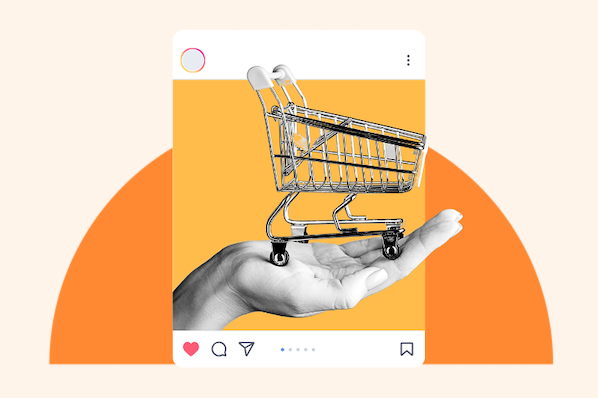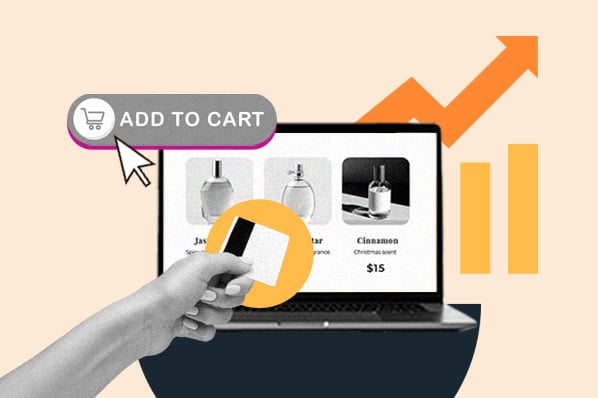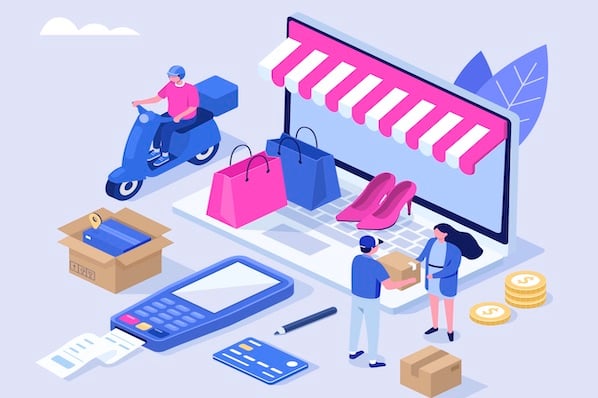What is ecommerce?
Ecommerce is short for “electronic commerce,” and is any business or commercial transaction conducted electronically. Ecommerce is most well-known as the process of buying and selling physical or electronic items online. Examples include online retail shopping, auction sites like eBay, trading goods and services between corporations, and online banking.
Types of Ecommerce
There are three primary types of ecommerce transactions:
- Business to Business (B2B), in which one business sells directly to another business.
- Business to Consumer (B2C), in which a business sells directly to consumers.
- Consumer to Consumer (C2C), in which one consumer is selling to another via auction or social media (eBay and Craigslist are good examples of this, but so is Facebook marketplace).
Although online shopping is the most obvious form of ecommerce, online banking is technically also considered ecommerce.
Benefits of Ecommerce
Ecommerce is beneficial for businesses in a few major ways: it can reduce costs by limiting the expenses of owning and running a physical store. It's faster and more convenient than most traditional business transactions, and it can reach consumers in areas where geographical barriers would have prevented the expansion of physical retail locations.
Investing in ecommerce can also increase revenue: it allows businesses to reach more customers than physical locations alone, and also has big potential to influence more in-store purchases.
For consumers, ecommerce reduces costs by offering you more options. For example, if you go to Best Buy, you must pay Best Buy prices for a TV. Online, you can compare Best Buy TV costs to Target TV costs, or you can check out identical TV brands on eBay, Craigslist, Facebook Marketplace, and countless other sites. Essentially, ecommerce lets you compare prices with the entire world, rather than just your geographical region, which can afford you the luxury of choosing the best brand for your budget.
As ecommerce evolves, it's important to keep an eye on ecommerce trends. Even if you’re a brick-and-mortar shop, you can still benefit from learning about ecommerce, since ecommerce is a good indicator of what consumers expect and want from their shopping experience.
Ecommerce Marketing



![How to Write an Ecommerce Business Plan [Examples & Template]](https://53.fs1.hubspotusercontent-na1.net/hubfs/53/ecommerce%20business%20plan.png)




.jpg)
![How to Start an Ecommerce Business [Steps + Must-Follow Tips]](https://53.fs1.hubspotusercontent-na1.net/hubfs/53/how%20to%20start%20an%20ecommerce%20business.jpg)


